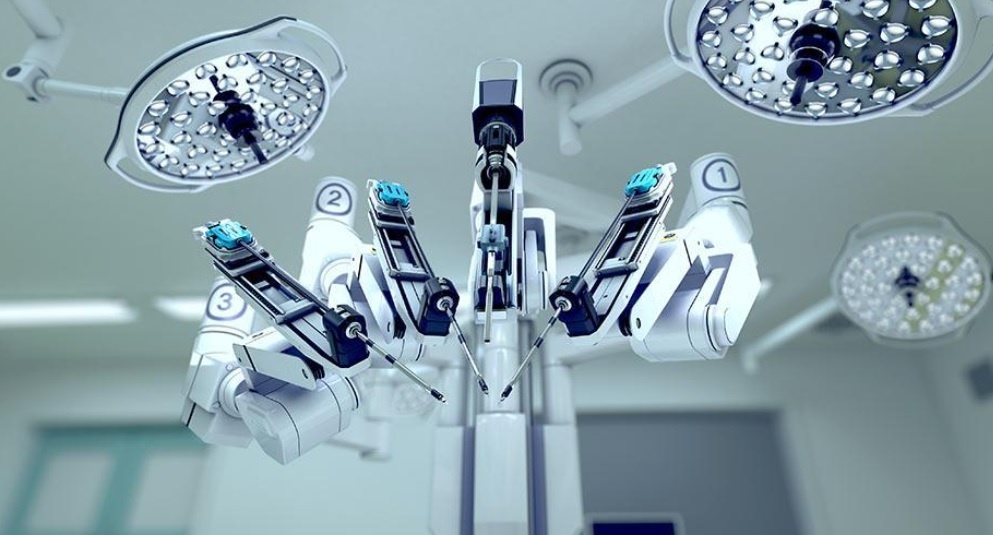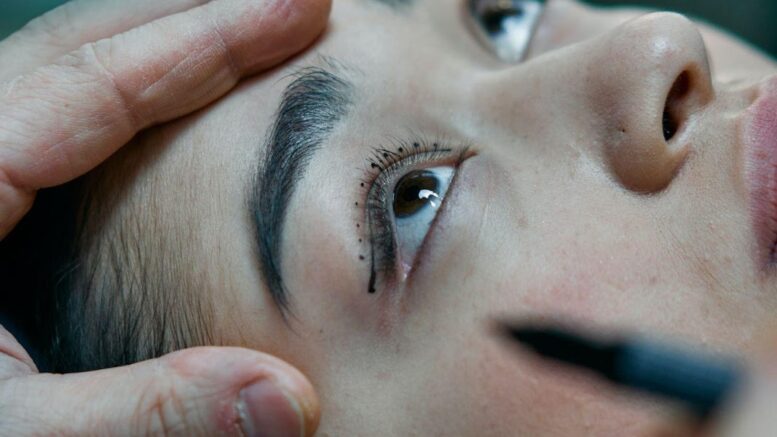Microsurgery has revolutionized the medical field by enabling surgeons to perform intricate procedures with incredible precision using specialized instruments and powerful microscopes.
What is microsurgery?
Microsurgery, as the name suggests, is a specialized surgical technique that involves operating on extremely small structures using magnification devices such as microscopes. It allows surgeons to work with precision and accuracy in areas where conventional surgery would be challenging or impossible.
The microsurgery devices are delicate and fine, designed specifically for intricate procedures. These instruments enable surgeons to manipulate tiny blood vessels, nerves, and tissues with extraordinary dexterity.
One of the key aspects of microsurgery is the use of sutures that are finer than human hair. Surgeons meticulously stitch together damaged or severed blood vessels, nerves, or other tissues under high magnification. This requires exceptional skill and attention to detail.
Microsurgery has revolutionized various fields of medicine by opening up possibilities for complex reconstructions and transplantations. It plays a crucial role in reattaching severed fingers and thumbs after accidents or injuries – giving individuals a chance at regaining full functionality.
Additionally, microsurgery offers hope to those who have experienced extensive damage to their arms or legs due to trauma or illness. By carefully repairing blood vessels and nerves at a microscopic level, surgeons can restore function and improve the quality of life for patients.
Microsurgery represents an incredible advancement in medical science. Its ability to restore form and function through precise interventions is truly remarkable. Whether it’s reattaching digits or reconstructing limbs – this field continues to push boundaries while improving lives one surgery at a time.
Microsurgery for reattaching fingers and thumbs
Microsurgery has revolutionized the field of medicine, enabling surgeons to perform intricate procedures with precision and accuracy. One area where microsurgery has made a significant impact is reattaching fingers and thumbs that have been severed due to accidents or trauma.
When it comes to reattaching digits, time is of the essence. Microsurgical techniques allow surgeons to meticulously reconnect blood vessels, nerves, tendons, and bones. The use of high-powered surgical microscopes and specialized instruments enables them to work on structures as small as 1mm in diameter.
The success rate of finger and thumb reattachment surgeries is remarkable, thanks to advancements in microsurgery. However, it should be noted that not all cases are suitable for this procedure. Factors such as the extent of damage, the condition of the amputated part, and the overall health of the patient play a crucial role in determining whether reattachment surgery is viable.
Recovery after finger or thumb reattachment surgery can be challenging but with proper rehabilitation therapy, patients can regain function and mobility over time. It’s important for individuals who have undergone this procedure to follow their surgeon’s instructions diligently for optimal results.

Microsurgery for damaged arms and legs
Microsurgery is an advanced surgical technique that has revolutionized the field of reconstructive surgery. It allows surgeons to repair and restore damaged or severed body parts with unparalleled precision. One area where microsurgery has shown remarkable success is in the treatment of damaged arms and legs.
In cases where a limb has been severely injured, microsurgery offers hope for patients who may have otherwise faced amputation. By reattaching blood vessels, nerves, muscles, and bones under high-powered microscopes, skilled surgeons can restore function and improve the quality of life for these individuals.
The process begins with careful planning and assessment of the extent of the injury. During surgery, tiny delicate instruments are used to join blood vessels together while ensuring proper alignment and adequate blood flow to nourish tissue grafts. Nerves are carefully repaired to enable sensation and movement in the affected limb.
Recovery from microsurgery for damaged arms or legs is a gradual process that requires patience and dedication from both the patient and the healthcare team. Physical therapy plays a crucial role in restoring strength, flexibility, and coordination.
Thanks to advancements in microsurgical techniques, many patients regain significant function after undergoing these procedures. While each case presents its unique challenges, it’s inspiring to witness how this specialized form of surgery can help individuals reclaim their lives after devastating limb injuries.
Microsurgery for face transplantation
Microsurgery has revolutionized the field of reconstructive surgery, offering hope and restored functionality to individuals who have suffered from severe injuries or deformities. One remarkable application of microsurgery is face transplantation.
Face transplantation involves transplanting a donor’s facial tissue onto an individual who has experienced significant facial disfigurement due to trauma, disease, or congenital defects. This groundbreaking procedure not only restores physical appearance but also improves quality of life by enabling patients to regain their ability to eat, speak, and express emotions.
The complexity and precision required for face transplantation make it the pinnacle of microsurgical techniques. Surgeons meticulously connect blood vessels, nerves, muscles, and skin using specialized instruments under high-powered microscopes. The goal is not only to ensure successful attachment but also to promote nerve regeneration and vascularization for long-term function.
While still considered an experimental procedure in many countries, face transplantation holds great promise for those with severe facial deformities. It offers individuals a second chance at leading fulfilling lives while challenging societal stigmas surrounding visible differences.
